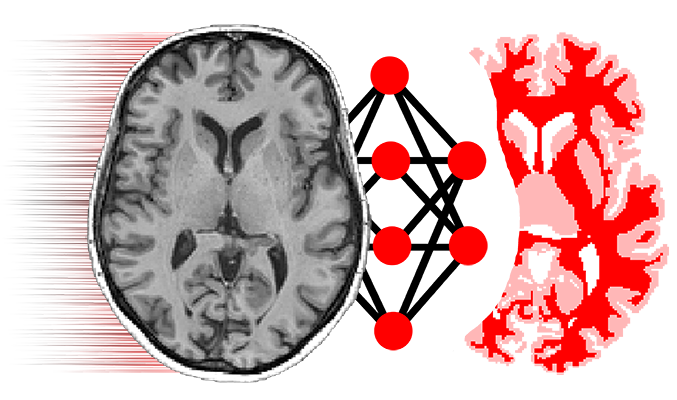Source code for niftynet.layer.subpixel
# -*- coding: utf-8 -*-
from __future__ import absolute_import, print_function
import tensorflow as tf
from niftynet.layer import layer_util
from niftynet.layer.base_layer import TrainableLayer
from niftynet.layer.convolution import ConvolutionalLayer
[docs]class SubPixelLayer(TrainableLayer):
"""
Implementation of Shi et al.'s sub-pixel CNN single-image
upsampling method.
Based on Shi et al.: "Real-Time Single Image and Video
Super-Resolution Using an Efficient Sub-Pixel Convolutional Neural
Network"
"""
[docs] def __init__(self,
upsample_factor=3,
layer_configurations=((5, 64),
(3, 32),
(3, -1)),
acti_func='tanh',
feature_normalization=None,
group_size=-1,
with_bias=True,
padding='REFLECT',
w_initializer=None,
w_regularizer=None,
b_initializer=None,
b_regularizer=None,
name='subpixel_cnn'):
"""
:param upsample_factor: zoom-factor/image magnification factor
:param layer_configurations: N pairs consisting of a kernel size and
a feature-map size, where N is the number of layers in the net. The last
layer must have a feature-map size of -1.
:param padding: padding applied in convolutional layers
:param with_bias: incorporate bias parameters in convolutional layers
:param feature_normalization: the type of feature normalization (e.g.
batch, instance or group norm. Default None.
:param group_size: size of the groups if groupnorm is chosen.
:param acti_func: activation function applied to first N - 1 layers
"""
super(SubPixelLayer, self).__init__(name=name)
if layer_configurations[-1][1] != -1:
raise ValueError('The size of the last feature map must be -1')
if upsample_factor <= 0:
raise ValueError('The upsampling factor must be strictly positive.')
self.upsample_factor = upsample_factor
self.layer_configurations = layer_configurations
self.acti_func = acti_func
self.conv_layer_params = {'with_bias': with_bias,
'feature_normalization': feature_normalization,
'group_size': group_size,
'padding': padding,
'w_initializer': w_initializer,
'b_initializer': b_initializer,
'w_regularizer': w_regularizer,
'b_regularizer': b_regularizer}
[docs] def layer_op(self, lr_images, is_training=True, keep_prob=1.0):
input_shape = lr_images.shape.as_list()
batch_size = input_shape[0]
input_shape = input_shape[1:]
n_of_dims = len(input_shape) - 1
if batch_size is None:
raise ValueError('The batch size must be known and fixed.')
if any(i is None or i <= 0 for i in input_shape):
raise ValueError('The image shape must be known in advance.')
n_of_channels = input_shape[-1]
features = lr_images
for i, (ksize, n_of_features) in enumerate(self.layer_configurations):
name = 'fmap_{}'.format(i)
if n_of_features > 0:
conv = ConvolutionalLayer(n_of_features,
kernel_size=ksize,
acti_func=self.acti_func,
name=name,
**self.conv_layer_params)
else:
n_of_features = n_of_channels * self.upsample_factor ** n_of_dims
conv = ConvolutionalLayer(n_of_features,
kernel_size=ksize,
acti_func=None,
name=name,
**self.conv_layer_params)
features = conv(features, is_training=is_training,
keep_prob=keep_prob)
# Setting the number of output features to the known value
# obtained from the input shape results in a ValueError as
# of TF 1.12
output_shape = ([batch_size] +
[self.upsample_factor * i for i in input_shape[:-1]] +
[None])
return tf.contrib.periodic_resample.periodic_resample(features,
output_shape,
name='shuffle')
